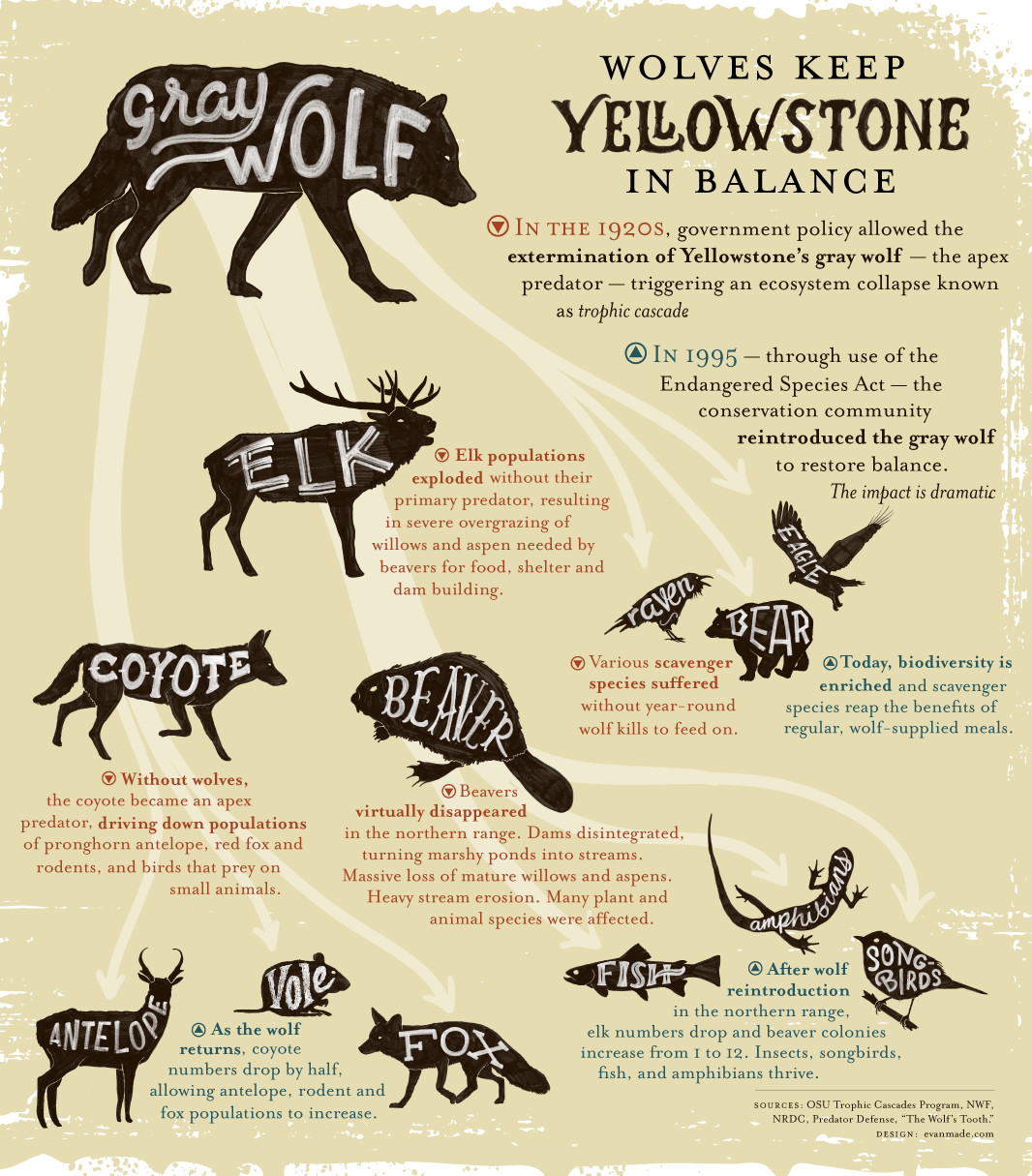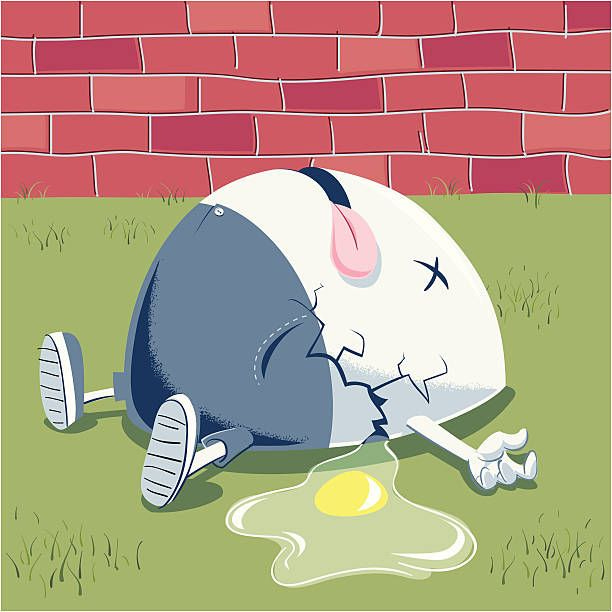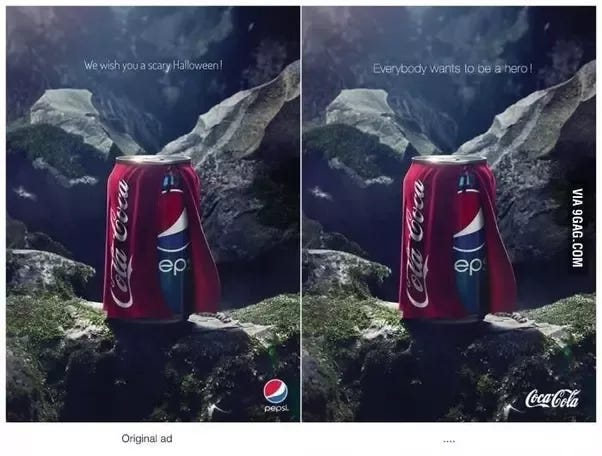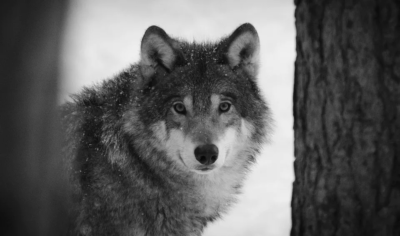Yellowstone National Park was a thriving natural ecosystem in Wyoming, USA. In the 1920s, the government passed a nationwide mandate to hunt wolves. By 1926, park employees had killed the last wolf pack.
As it turned out, the wolves were a critical linchpin that balanced the park ecosystem. Over the next 70 years, their absence led to a series of chain reactions that ultimately led to even the rivers of the park changing course.

No Wolves Meant —> More herbivorous animals —> Which meant fewer trees and vegetation —> Which meant less wood for Beavers —> Which meant beavers could no longer build dams —> Which meant riverbanks started to erode and overrun vegetation —> Without dams, shade from trees, and without vegetation, river water temperature rose —> which meant cold-water fish started dying.
All of this reversed when the wolves were reintroduced in 1995.
Ad break. Announcement. Survey.

3.5 years.
0 to 4,529 subscribers.
3 websites and 2 logo changes.
Shift from Mailchimp to Substack.
118,349 Performonks words written and read.
>1,63,517 total words (Blogs, Linkedin, Ebook (now retired), Unpublished).
This journey has been compounded because of you, gentle readers.
I am beyond grateful that you give Performonks your most precious resources – time & attention.
There’s no stopping Kaizen, so it’s time to take stock and chart out the next moves – it’ll take you less than 5-min to fill out this survey:
All businesses have their ‘wolf’ – one apex activity, a mindset, a secret they know about the consumer, or one advantage, without which their entire flywheeldisintegrates.
If the ‘wolf’ is missing or faulty, it accelerates the businesses’ demise faster and more surely than any other part.
On the other hand, if we get this one element right, it accelerates success manifold.
Businesses, even people, that operate in their zone of mastery take the time to get to know their ‘wolf’ well and then protect it at all costs.
But, like life, it’s complicated. Your ‘wolf’ is often not obvious to you. It requires experience, insight, and often a third-party gaze.
If you are unlucky, the answer may only dawn upon hindsight. And unlike Yellowstone, all the king’s horses and all the king’s men might fail to put it all back together again.

There are as many ‘wolves’ as there are entities. Here are three simple examples.
1. Pixar: writing own software
Sometimes, the wolf is when a company is willing to backwards integrate to such extreme levels that their competition can’t and won’t.
Pixar doesn’t just tell world-class stories. They blend technology and storytelling.
And if the technology does not exist, they develop it!
2. Coca-Cola and PepsiCo: rivalry culture
Sometimes, the wolf is a company culture that is ritualised and embedded into behaviours day in and day out.
Whatever they may say, the products of both these companies are not fundamentally different from each other.
And let’s face it. Unless we are die-hard fans, 99/100 times, we will drink whatever is available first.

That’s why their success depends on the power of execution in their operations and distribution.
What, then, is their wolf? To an outsider, it looks like madness—the ‘India vs. Pak Final Match’ kind of frenzy they drum up in their employees. Every single day.
This is what it looks like-
-War cries of “I bleed blue” vs. “I bleed red.”
-Eschewing restaurants that stock competition.
-Scanning for and counting bottles in refrigerators the minute they enter an airport.
These become default behaviours for employees… because if employees are not viscerally invested in the rivalry, they will not go to any lengths to be present in all stores.
3. Maggi: get them young
Sure, Maggi’s addictive masala flavour is a strength. Despite the regional differences in cuisine, this taste is loved by all.
However, the real wolf for this business is that Maggi was the only savoury treat from 1983 to 2010 (the year Yippie launched). That’s 27 years of uninterrupted-4 PM-“mummy, I’m hungry”-noodle treats for tweens and teens.
A 10-year-old in 1983 is still only 37 years old in 2024. They will continue to crave that taste, recreate those memories, and get their kids to eat Maggi.
Although their kids might eat it less often now that they have many more snack options, this ‘wolf’ still has life left.
What’s the ‘wolf’ in your business and for you as a professional? Share in the comments.
If you want to workshop and discover yours, write me at rashi@performonks.com.
Sources
- George Monbiot captured The Yellowstone story in a four-and-a-half-minute video, How Wolves Change Rivers.
- Infographic: https://earthjustice.org/feature/infographic-wolves-keep-yellowstone-in-the-balance
